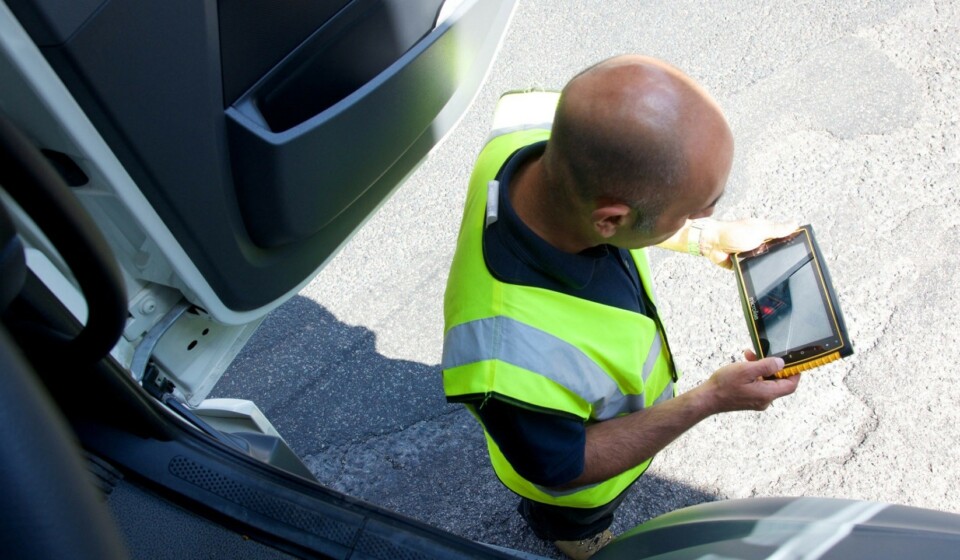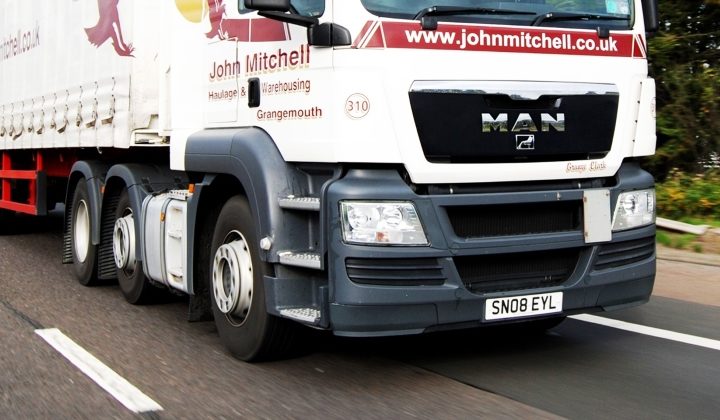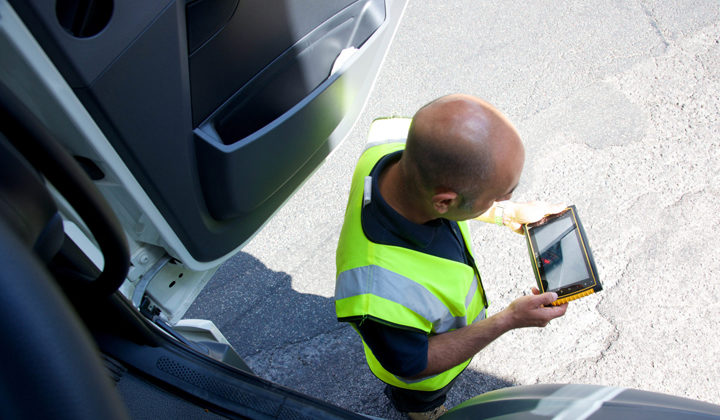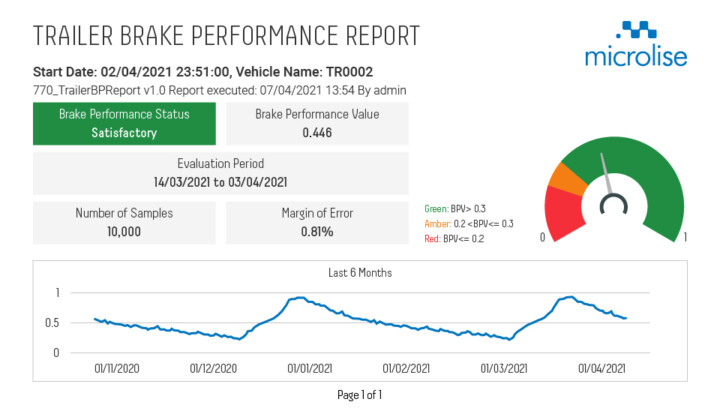Cameras can be an invaluable source of information, providing a single version of the truth and quickly identifying who was at fault in order to deliver a timely resolution to any claim.
They can be especially useful in cases where a seemingly small bump causes an inordinate amount of damage and liability needs to be proven. Just take a look at the example below where our camera, fitted to a DAF Truck, clearly shows the course of events leading up to impact.
In the first generation of camera products, footage leading up to and following an incident would be saved locally for later download and analysis. Next generation camera solutions are taking advantage of the high speed mobile network, and file compression, to send video clips over the airwaves soon after an incident.
But are cameras worth the investment, or are they just another trend in road transport which will fade? We think it’s pretty clear they’re here to stay – here are 6 reasons why to buy.
1 – Self-Protection
As in the example above, cameras help prove whether your drivers are at fault or not when an incident occurs. The industry has reported that operators have succeeded in reducing pay-outs on disputed claims by up to 70%.
The Insurance Fraud Bureau (IFB) calculates crash scams cost insurers £392m a year – that’s £50 extra a year for every policyholder. And 1 in 7 personal injury claims are now fraudulent. That’s 69,500 personal injury claims linked to suspected scams.
Camera footage, especially when combined with telematics information such as high definition location, time, direction and speed, provides irrefutable evidence of who was at fault.
2 – Prevent Accidents
On-board cameras aren’t just triggered when an actual accident occurs – the g-sensor is also triggered when a near miss causes a rapid deceleration.
The cameras add the context, which when used in conjunction with telematics, provides an excellent coaching tool. Transport managers and driver trainers are able to talk through potentially dangerous behaviours and preempt and prevent accidents from happening in the future.
3 – Control Insurance Costs
3G cameras are an important tool for fleets looking to address a growing trend in the insurance industry: First Notification of Loss (FNOL).
FNOL gives the insurer initiating the claims process control over it – therefore it is imperative for fleets to report loss as soon as possible. AXA Insurance has reported seeing instances where claims that should have been £5,000 spiral up to £50,000.
Gaining control of the claims process can reduce costs and subsequently lower insurance premiums. The challenge is, that for many companies, managing a claim is both time consuming and not regarded as a corporate priority.
A good camera system will notify the transport office as soon as an incident occurs, providing a video file shortly afterwards to submit directly to the insurer and/or authorities. The speed of this process can help fleets win the race to be the first to notify, leading to substantial cost savings. You can read more about this topic in our whitepaper titled Fleet Technology and the Not So Dark Arts.
4 – Keep Vehicles on the Road
Insurers have found that just 2% of incidents recorded on four-way cameras result in disputed claims, versus an industry norm of 40%. With 98% of claims undisputed, vehicles are far less likely to be off the road as part of an investigation. This means trucks and vans can be back in operation as quickly as possible, doing what they are supposed to be doing.
5 – Improve Driver Performance
With cameras installed, for the most part, drivers also automatically take note and change their behaviour, adjusting performance and taking fewer risks. The very fact that a journey is being recorded heightens self-awareness and results in a better performance behind the wheel. In-cab footage can also prove a useful driver debrief and education tool.
6 – Meet the Latest Standards
With the steady adoption of the Fleet Operator Recognition Scheme (FORS), and the Construction Logistics and Community Safety (CLOCS) initiative, more and more operators are standardising their approach to health & safety. Not only are these standards becoming a differentiator for fleets looking to showcase their conscientious approach, but continual updates to the standards are raising the overall industry standard.
Cameras are playing an important role – often used as indirect vision systems. While there is no substitute for direct vision – camera systems are being recognised as an important augmentation to improve fleet safety.





